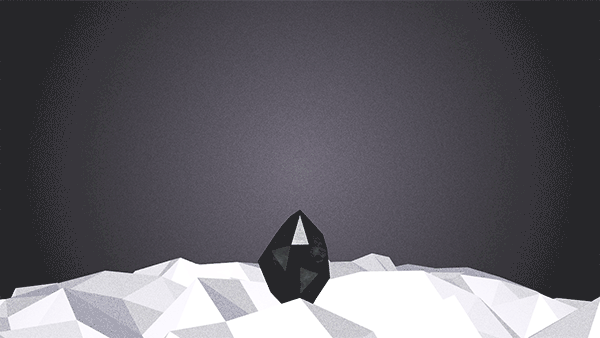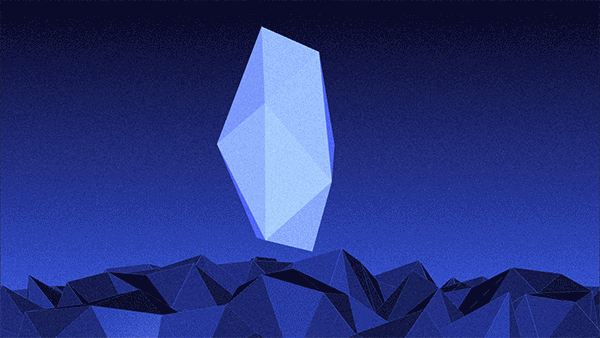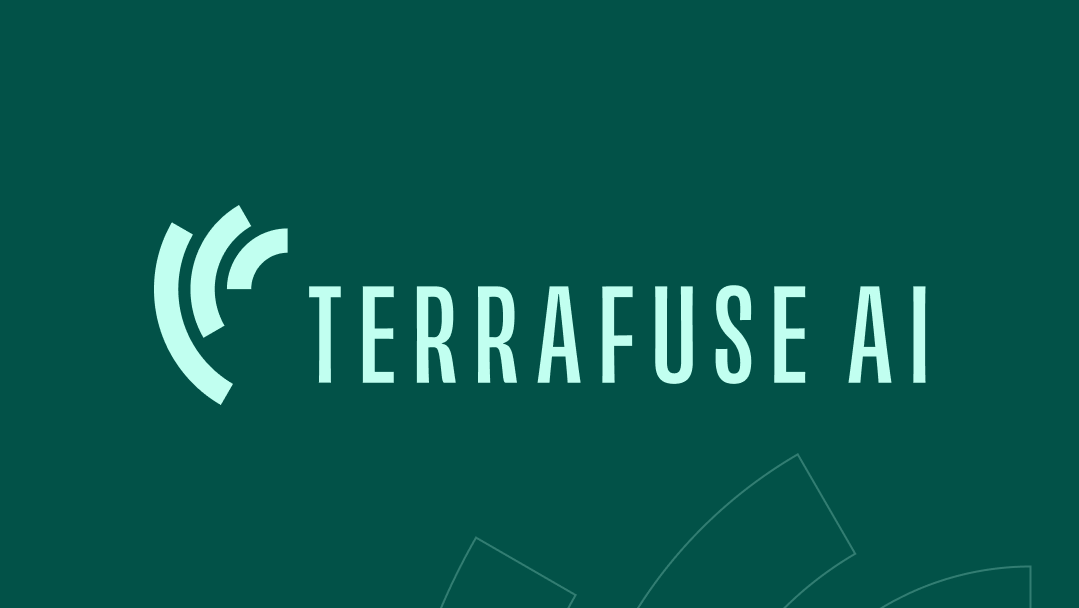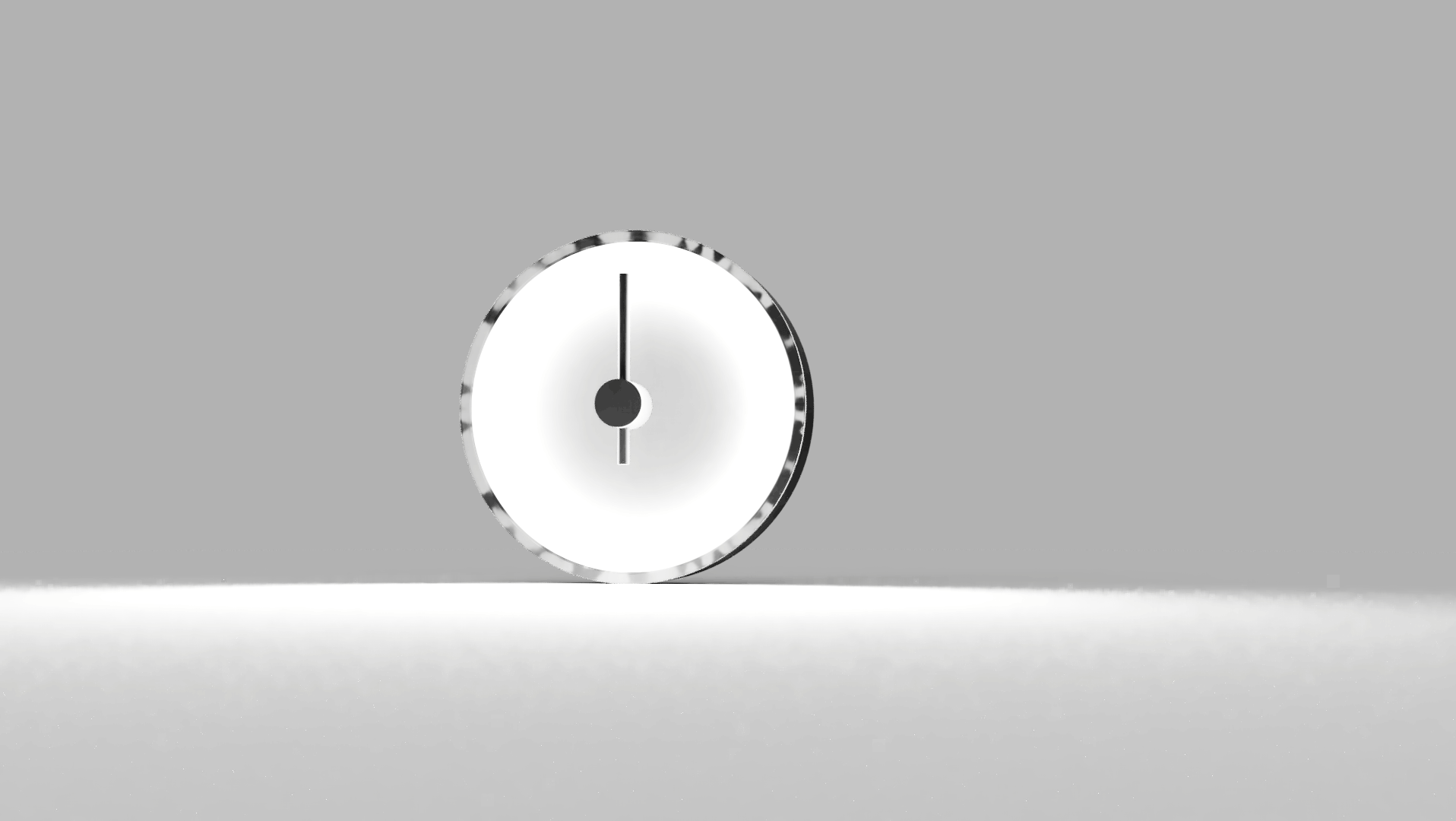Photo by Yuula Benivolski
FACETS (Never Enough) is a two-minute video installation exploring the frustration of being unable to bring ideas into the world as originally conceived.
Facets was created for An Index, a group show at the Museum of Contemporary Art, Toronto which featured the inaugural residents of Akin’s Studio Program.
FACETS evolved into a set of audio-reactive live visual installations for the Night Visions event held at the Museum during the launch of our show. The visuals accompanied DJs LL Cool Wei and Sammy Rawal.
The video as played at MOCA Toronto
Creative frustration.
Crumpled sheets of paper, abandoned drafts, half-baked sketches, unmet expectations. False starts and restarts and revisions and iterations. Dreams that become nightmares over time, haunting, mocking, flirting, betraying.
Meanwhile, somewhere in the universe, a pristine, unblemished idea floats on, searching for an adequate vessel.
Never enough.



I made Facets using Touchdesigner, a visual procedural development platform (think of it as coding with guitar pedals, each pedal adds a different effect). I’ve never used Touchdesigner before. Trying to learn a new and rather complex tool on a tight deadline for my first Big Gallery Show™ while working on a piece about frustration just seemed...right. Also, Steve Lee—who is in our studio but not in this show—gave me my first crash course in Touchdesigner, so it’s a little hat tip to him.
Each object in the video consists of 3D geometry being fed arbitrarily generated mathematical data (usually timecodes, low-frequency oscillation, or random noise). Inserting chance into the objects’ DNA ensures they cannot possibly be what I originally had in mind. Thus a piece about ideas that become disfigured over time is true to its own ideology.
Night Visions
Taking the Touchdesigner file from FACETS, I created a further set of five audio-reactive scenes. Stealing from the legend Matthew Ragan, I built an interface that let me switch between scenes and manipulate certain parameters. This let me “perform” the visuals live alongside two amazing DJs.
The visuals work by splitting the incoming audio into low, mid and high frequencies, then mapping each of those to a different parameter (X, Y, Z dimensions of an object, number of subdivisions or RGB hue, for example). Additionally, random seed and time-based evolutions happen to produce a system of complex changes to the graphic.
The event's visuals were created by my studiomate, the excellent Emily Woudenberg. The building we were in used to be an automotive manufacturing factory and Emily had the brilliant idea of using a fuse cap as the hero image.
Inspired by her posters, I modelled one in Fusion 360 and imported it into Touchdesigner to give everyone a break from crystals.









